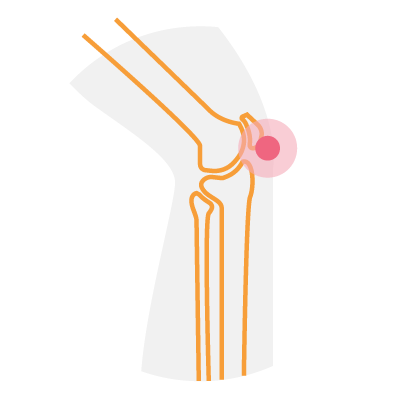
Bone and joint infection
Bone and joint infections are most often caused by a type of bacteria known as Staphylococcus (or Staph for short). Staph infections are usually treated with antibiotics, often for several weeks, depending on the exact type of infection. Some Staph bacteria can become resistant to these antibiotics, which means that they can no longer be killed by that antibiotic. Also, the commonly used antibiotics do not kill only Staph bacteria but they kill other bacteria, including the beneficial bacteria normally present in your body.
Clinical trials
A ‘clinical trial’ is a research study in which people agree to test a potential new treatment to prevent or improve a disease or medical condition. A clinical trial also looks at how participants react to the potential new treatment and if any unwanted effects occur. This helps to determine if the new investigational treatment works, is safe, and is better than those that are already available. Many clinical trials also compare existing treatments or test new ways to use or combine existing treatments.
Recruiting clinical trial
Please share any related associations that may be useful